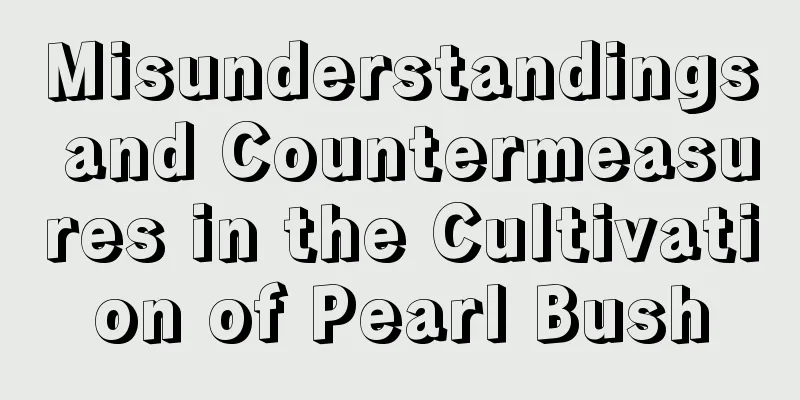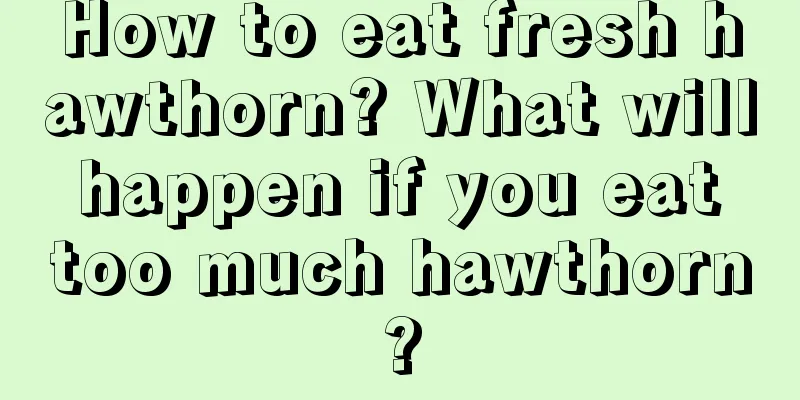Misunderstandings and Countermeasures in the Cultivation of Pearl Bush

Planting in the shadePearl bush is a relatively shade- and cold-tolerant tree species. Many people plant it in the shade of buildings or under large trees, and rarely plant it in places with sufficient sunlight. Pearl bush is shade-tolerant, but it does not like it. In fact, it grows more vigorously in places with sufficient sunlight. This has been confirmed in the greening of nurseries and gardens. By comparison, it can be found that under the same soil and the same water and fertilizer management conditions, the same seedlings planted in places with sufficient light grow much stronger than those planted in shaded places. Only thinning, not pruningPearl bush is a tree species that is resistant to pruning and has a strong ability to sprout. However, in daily management, we often see some caretakers thinning its branches to maintain ventilation and light transmission of the tree bushes without pruning them. Even after flowering, when seeds are not collected, the remaining branches are not cut off in time. If you only thin out the branches without pruning them short, the plant will grow into a narrow crown, which will have a very poor ornamental effect. If you do not cut off the remaining flowers after flowering and allow the plant to bear fruit, it will consume a lot of nutrients and be detrimental to the growth of the plant. In addition, pruning should be a combination of thinning and pruning, so that the entire bush will be more transparent and more beautiful. Neglecting water and fertilizer managementPearl bush is a tree species that tolerates extensive management. Some people neglect the management of water and fertilizer during maintenance and basically do not water or fertilize it. Little do people know that tolerance to extensive management methods does not mean no management. Appropriate water and fertilizer are beneficial to the healthy growth of plants, enhanced resistance to diseases and pests, and large and numerous flowers. During the maintenance of the market, fertilizer should be applied at least once a year, and this time the fertilizer can be applied with farmyard manure in the spring. Not paying attention to pest controlIn the eyes of many people, pearl bush has strong resistance to pests. In fact, although there are relatively few diseases and pests, they do exist. If they are not prevented and controlled, they will affect the growth and flowering of the plants. |
<<: What is the difference between Oxalis and Clover?
>>: Rose cultivation methods and precautions
Recommend
The difference between summer solstice grass and motherwort
1. Leaf Difference The leaves of summer solstice ...
When does the hosta sprout and grow leaves?
Hosta Overview The origin of Hosta is in the east...
How to trim daffodil leaves
1. Can this flower be pruned? In fact, daffodils ...
When does the red spider lily bloom? How many years does it take for the red spider lily to bloom?
1. Flowering time Red spider lily usually blooms ...
How to grow and maintain Cixi succulent plants and what to pay attention to
Cixi succulent belongs to the genus Echeveria, an...
How to trim golden marbles
When to trim the golden marble It is best to prun...
How to plant dragon fruit and how to repot the seedlings
1. Planting method 1. Seed collection: The seeds ...
Why can’t spider plants be placed in the bedroom? How can they grow well indoors?
1. Why can’t it be placed in the bedroom Chloroph...
When is the best time to plant lavender seeds?
Lavender seed planting time Lavender is a perenni...
When to fertilize kumquat
1. When to fertilize it It can be fertilized in m...
The language and symbolism of ivy
The Flower Language of Ivy The flower language of...
Litchi seedling planting technology
Lychee trees are a famous Lingnan fruit with soft...
When is the best time to plant hawthorn?
Many friends are used to eating and drinking a lo...
Fig Growing Conditions
1. Temperature requirements Figs are resistant to...
Strawberry cultivation methods and precautions
1. Soil Strawberries are suitable for growing in ...









